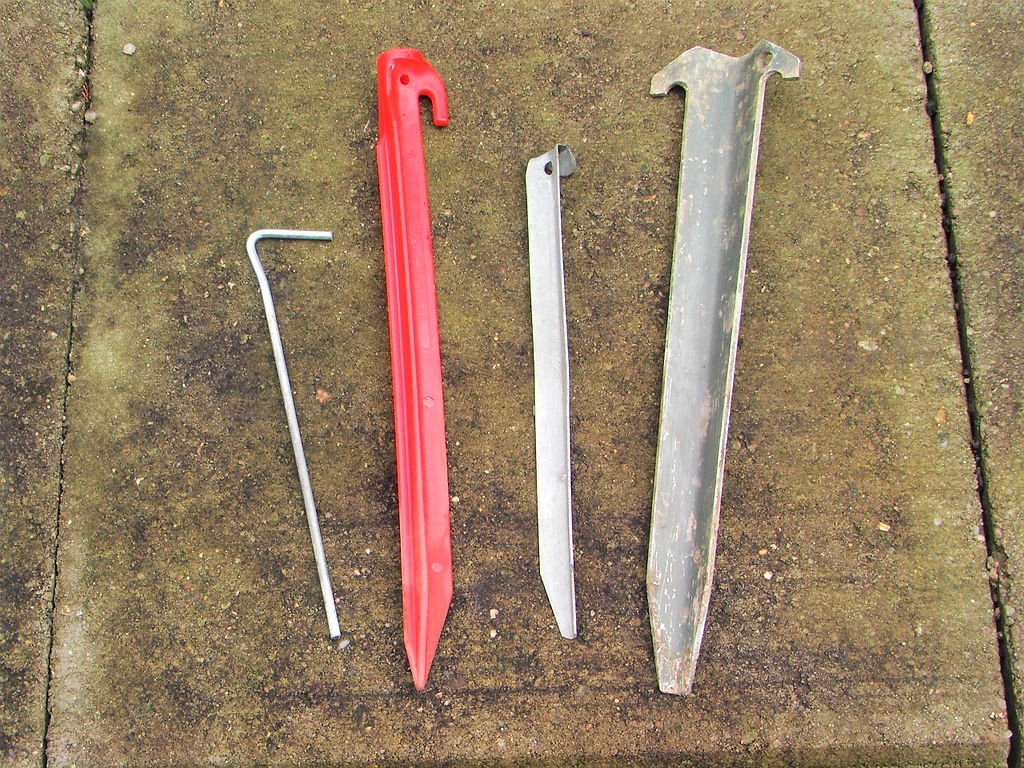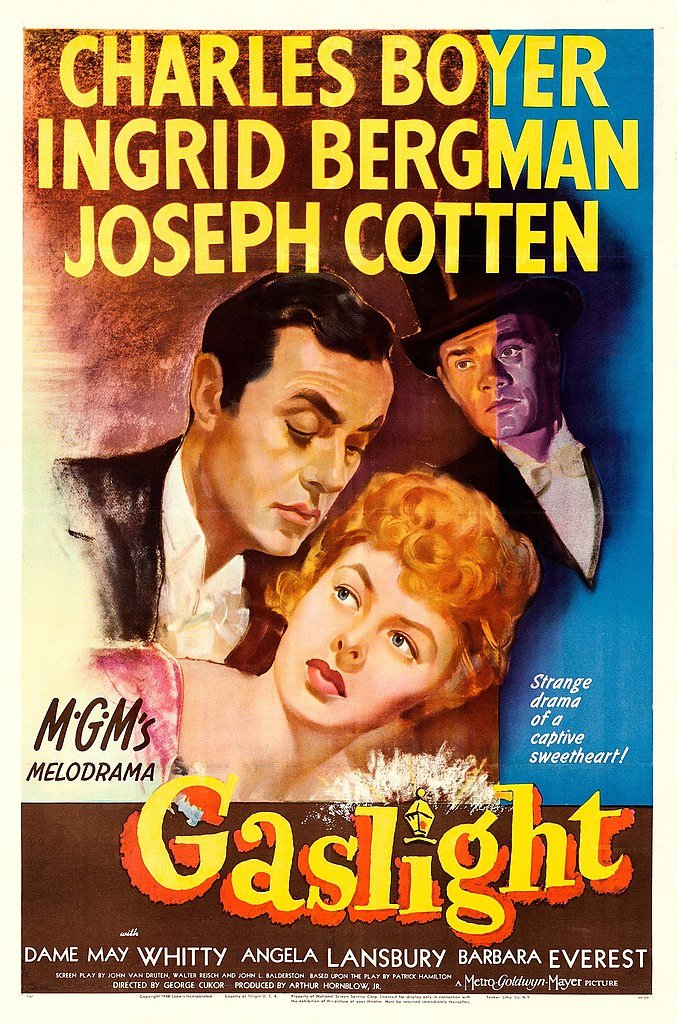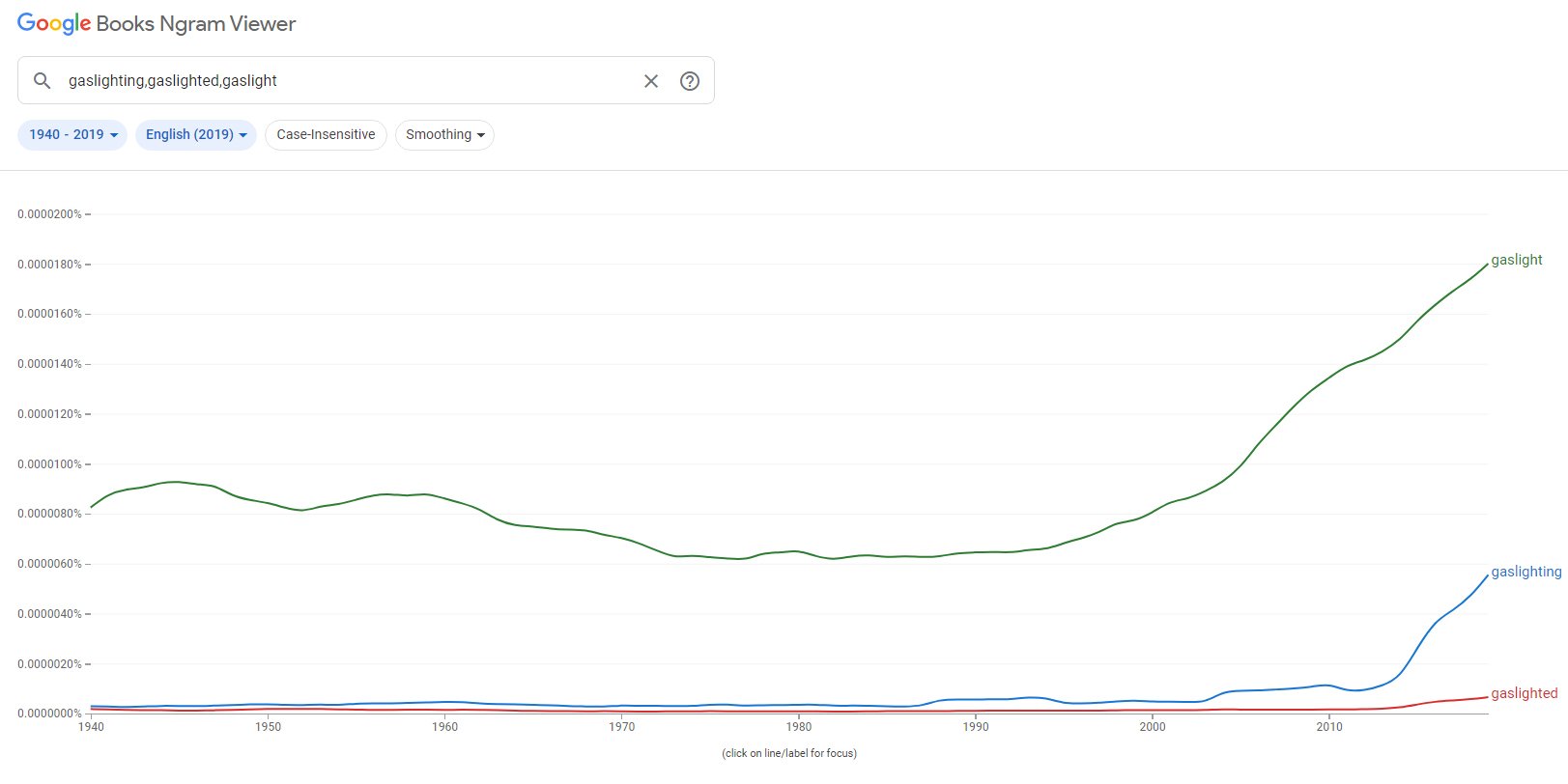3 August 2022
Cute is one of those words whose meaning as shifted over the years so that its original sense is barely recognizable today. It started out as a clipped, or aphetic, form of acute. This original sense and etymology are recorded in Nathan Bailey’s 1730 Dictionarium Britannicum:
CUTE (acutus, L.) sharp, quick-witted.
A century later in America, however, cute began to be used to refer to things that were attractive because they were clever. We can see both these senses in the letters of J. Downing, a fictional character created by Charles Augustus Davis in the 1830s who opined on politics in letters to newspapers. Cute is used in the original clever/skillful sense in a letter from 24 July 1833:
If I don’t give Mr. Biddle and his money-bags a stirring up, I’m mistaken; there is no one thing I’m so cute at, as looking through accounts.
And in the attractively clever sense in a letter from 25 January 1834 about fiscal policy and the Bank of the United States a divisive, partisan political topic of the day:
And so I placed the cups bottom up, all along in a row on the table, and then I gin the general a hand full of small balls. “Now,” says I, “I’m goin to show you about as cute a thing as you’ve seen in many a day—them cups they call banks, and them balls is the money we took from Squire Biddle’s Bank; the next thing is to show you how things are goin to work, now that we’ve got our money from one pocket, where we always know’d where to find it, and divided it round among twenty pockets, where may-be you may or may-be you may not find nothin at all on’t—and here,” says I, “are some leetle pieces of paper that our folks make use on to throw dust with—now,” says I, “Gineral, look sharp, or you’re gone, hook and line,” says I.
And within a few decades cute was being used to mean not just clever but also something that is generally attractive and charming. From David Hunter Strother’s Virginia Illustrated of 1857:
Minnie, behindhand with her work, as usual, was engaged in finishing a pair of red socks for her doll.
“What cute little socks!” said the woman, regarding the work with interest.
Minnie exhibited her doll. As the young matron held the toy to the light, her eyes sparkled and her hand trembled. “How pretty!”
While these new senses originated in the United States, they quickly traveled back to England and entered into common use.
Sources:
Bailey, Nathan. Dictionarium Britannicum. London: T. Cox, 1730, s.v. cute.
Davis, Charles Augustus. “Letter IV” (24 July 1833). A. Letters of J. Downing. New York: Harper & Brothers, 1834, 41–42, 214. HathiTrust Digital Archive.
Lexicons of Early Modern English, University of Toronto, 2021.
Oxford English Dictionary, second edition, 1989, s.v. cute, adj.
Strother, David Hunter (under the pseudonym Porte Crayon). Virginia Illustrated. New York: Harper & Brothers, 1857, 165–66. Gale Primary Sources: American Fiction.
Photo credit: Nicolas Suzor, 2008, licensed under a Creative Commons Attribution-Share Alike 2.0 Generic license.








